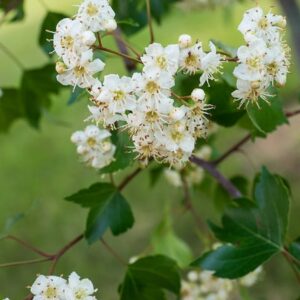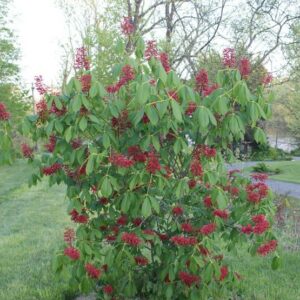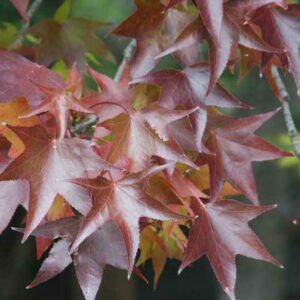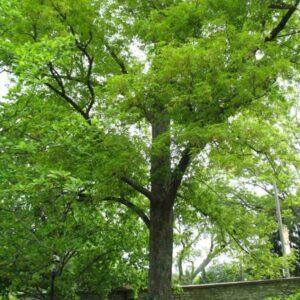Description
Type: Deciduous tree
Family: Fagaceae
Height:60-80 feet
Spread: 60-80 feet
Native Range: northern and central US, statewide in Missouri
Site Requirements:
Soil: prefers well drained soils but highly adaptable
Water: dry to medium
Sunlight needs: Full sun
Tolerates: Drought, clay soil, dry soil
Landscape use: shade tree rain garden
Brief Description: Bur oak or mossycup oak is one of the most majestic of the native North American oaks. Acorn cups are covered with a mossy scale or bur near the rim, hence the common names. It is native to a variety of habitats in central and eastern North America. Twigs sometimes are ridged with corky wings. Macrocarpa comes from the Greek words macro meaning large and carpa meaning fruit in reference to the large acorn size.
Wildlife Benefits: Acorns are an important source of food for wildlife.
Possible Problems: Bur oak is generally considered to be a low-maintenance, long-lived tree.
Oaks are susceptible to a large number of diseases, including oak wilt, chestnut blight, shoestring root rot, anthracnose, oak leaf blister, cankers, leaf spots and powdery mildew. Potential insect pests include scale, oak skeletonizer, leaf miner, galls, oak lace bugs, borers, caterpillars and nut weevils.
Stand out Features: The National Champion can be found in Columbia, Missouri name “big tree” was noted on Lewis and Clark’s expedition in their journal.
Read more here.





